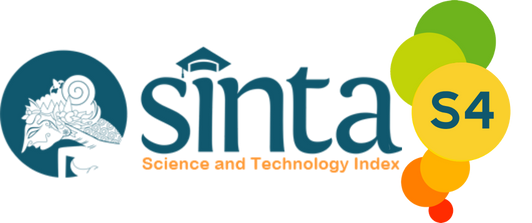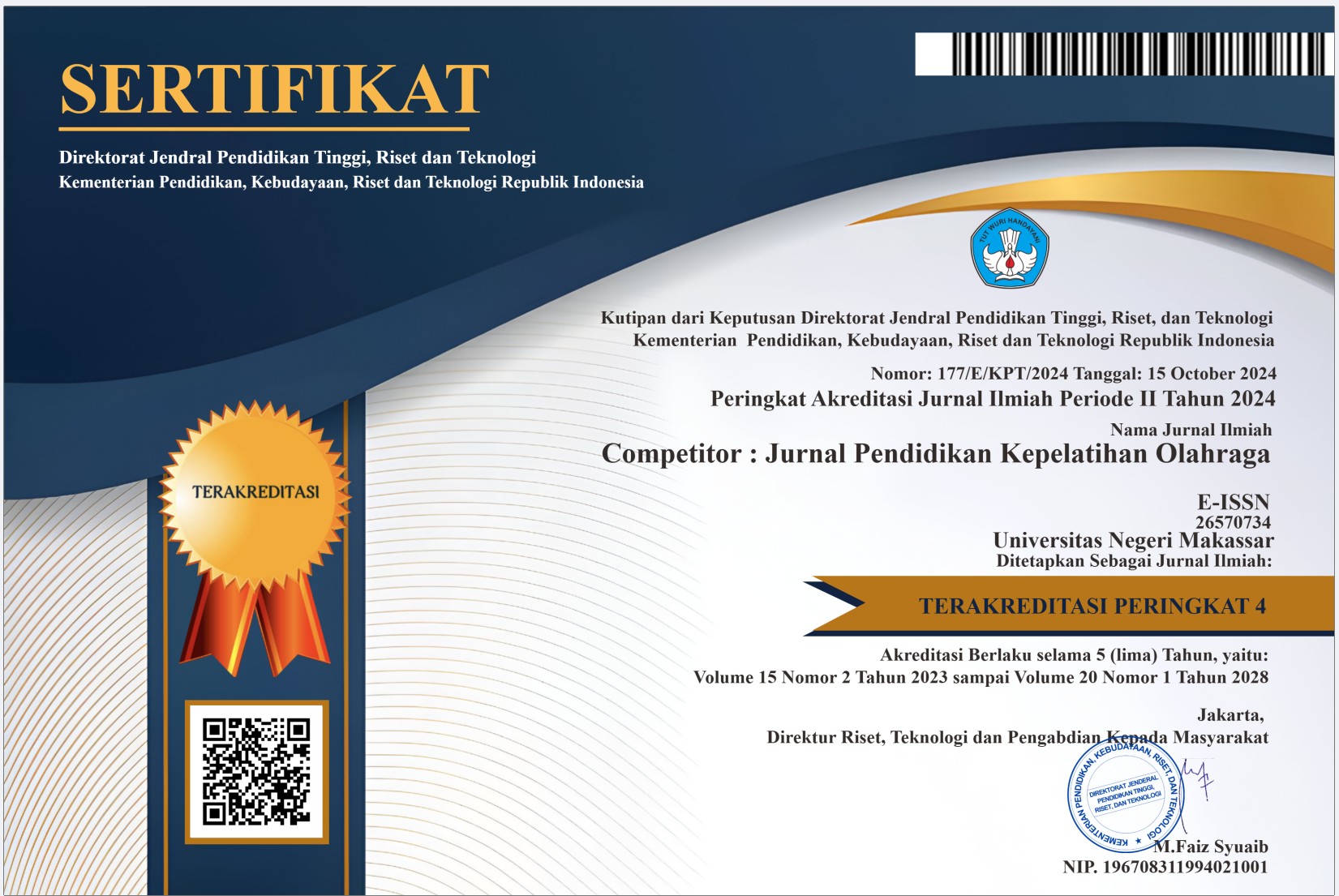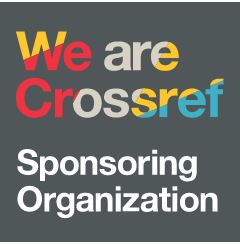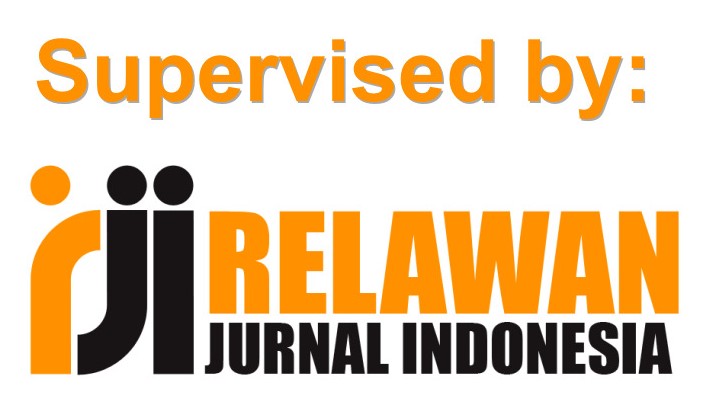The Effect Of Arm Muscle Strength Training On Badminton Smash Hit Ability In Athletes Aged 13-16 Years By PB Daun Muda Banjarbaru
DOI:
https://doi.org/10.26858/cjpko.v17i2.73818Keywords:
Badminton, Smash Ability, Arm Muscle Strength, Tricep Dip Training, Youth Athletes.Abstract
Smash is one of the most decisive and powerful techniques in badminton, requiring a combination of strength, speed, and precision to successfully score points. Among the physical attributes essential for an effective smash, arm muscle strength plays a critical role, particularly in generating explosive force during overhead strokes. This study aims to examine the effect of tricep dip training on the smash ability of badminton athletes aged 13–16 years at PB Daun Muda Banjarbaru. Utilising a quasi-experimental method with a pretest-posttest control group design, 20 athletes were divided into two groups: an experimental group that received a six-week tricep dip training intervention and a control group that followed their regular training regimen without specific arm strength exercises. Pre- and post-tests were conducted to assess improvements in smash ability, and data were analysed using the Paired Sample T-Test in SPSS version 23. The analysis revealed a statistically significant improvement in the experimental group’s smash performance, with a p-value of 0.000 (<0.05), indicating the effectiveness of the tricep dip intervention. No significant improvement was observed in the control group. These findings suggest that targeted arm muscle strength training, particularly tricep dips, can significantly enhance the performance of smash shots in young badminton players. The results also highlight the importance of incorporating structured strength training programs into youth athlete development models to optimise skill acquisition and performance outcomes.
References
Abdullah, M., Suparno, S., & Wibowo, A. (2020). The effect of specific strength training on badminton performance. Journal of Physical Education and Sport, 20(2), 512–518. https://doi.org/10.7752/jpes.2020.02070
Ali, A., Williams, C., & Hulse, M. (2017). Physical performance and match-play demands of elite badminton players. Journal of Sports Sciences, 35(9), 852–859. https://doi.org/10.1080/02640414.2016.1181213
AIrfaindai, Poppy EIlisaino, (2025), Seinaim AIeirobik :Seijairaih Mainfaiait dain AIplikaisi, Neim, 66.
AIrif, Y. (2021). Peingairuh laitihain plyomeitric jump to box teirhaidaip poweir otot tungkaii peimaiin bolai voli paidai tim putri peinjaiskeisreik undainai. July. https://doi.org/10.21009/seigair/0801.05
Balyi, I., & Hamilton, A. (2004). Long-Term Athlete Development: Trainability in childhood and adolescence. Canadian Sport Centres.
Bimaintairai, S. S., Rusdiainai, AI., Hairyono, T., & Hidaiyait, I. I. (2025). Peingairuh Laitihain Rubbeir Teirhaidaip Keimaimpuain Pukulain Smaish Paidai EIsktraikulikuleir Bulutaingkis SMAI Neigeiri 1 Kairaing Baihaigiai. 7(1), 60–68. https://doi.org/10.17977/7.1.2025.60-68
Fahlström, M., Yeap, J. S., Alfredson, H., & Söderman, K. (2017). Shoulder pain in adolescent elite badminton players: Prevalence and risk factors. British Journal of Sports Medicine, 51(2), 90–95. https://doi.org/10.1136/bjsports-2016-096593
Firmansyah, T., Santosa, H., & Widiyanto, A. (2020). Youth coaching model in badminton clubs in Indonesia. Indonesian Journal of Sport Coaching and Education, 2(1), 23–30.
Ford, P. R., De Ste Croix, M., Lloyd, R., et al. (2011). The long-term athlete development model: Physiological evidence and application. Journal of Sports Sciences, 29(4), 389–402. https://doi.org/10.1080/02640414.2010.536849
Gowitzke, B. A., & Waddell, D. B. (2016). Biomechanics of the badminton overhead stroke. British Journal of Sports Medicine, 50(3), 139–144. https://doi.org/10.1136/bjsports-2014-093518
Hidaiyait, T., Munaindair, R. AI., Praitaimai, S. AI., & Zulfikair, I. (2024). Peingairuh laitihain meidicinei baill dain laitihain shouldeir preiss teirhaidaip keimaimpuain smaish dailaim peirmaiinain bulu taingkis. 7(1), 400–410. https://doi.org/10.29408/porkeis.v7i1.25493
Kuntze, G., Mansfield, N., & Sellers, W. (2010). A biomechanical analysis of common strength training exercises to reduce ACL injury risk. Journal of Strength and Conditioning Research, 24(10), 2842–2853. https://doi.org/10.1519/JSC.0b013e3181bef672
Liu, Y., Zheng, Y., & Zhang, H. (2022). Training effect of upper limb strength on the attacking technique of junior badminton players. Asian Journal of Sports Medicine, 13(1), e116248. https://doi.org/10.5812/asjsm.116248
Luh, N., Sri, P., Ningrum, W., Dhairmaidi, M. AI., & Budi, G. EI. (2022). Kontribusi Keikuaitain Otot Leingain dain Fleiksibilitais Peirgeilaingain Taingain paidai Pukulain Teingaih kei Gaitei dailaim Gaiteibaill. 13(2012), 1–9.
Maihairdhikai, EI. (2019). Peingairuh Meitodei Laitihain AIgility V teirhaidaip Keiteipaitain Smaish paidai AItleit Bulutaingkis Club Maihaintairai Bimai.
Phomsoupha, M., & Laffaye, G. (2015). The science of badminton: Game characteristics, anthropometry, physiology, visual fitness, and biomechanics. Sports Medicine, 45(4), 473–495. https://doi.org/10.1007/s40279-014-0287-2
Ranganathan, R., Lee, M. H., Padmanabhan, V., & Newell, K. M. (2021). Intra- and inter-limb coordination during a badminton stroke: Effects of strength training. Human Movement Science, 76, 102763. https://doi.org/10.1016/j.humov.2021.102763
Raza, S., Ali, M. N., & Jamil, M. (2021). Correlation between upper limb muscle strength and stroke power in badminton. International Journal of Sports Science and Physical Education, 6(2), 16–22.
Reid, M., & Schneiker, K. (2008). Strength and conditioning in tennis: Current research and practice. Journal of Science and Medicine in Sport, 11(3), 248–256. https://doi.org/10.1016/j.jsams.2007.02.002
Rohman, M. A., Santosa, H., & Andriani, M. (2022). Plyometric training to improve agility in badminton: A meta-analysis. Jurnal Keolahragaan, 10(1), 19–26.
Saputra, R., Sulaiman, N., & Wahyuni, E. (2019). Implementation of LTAD-based physical training in Indonesian junior badminton. Jurnal Ilmu Keolahragaan, 8(1), 12–19.
Seijaiti, R., Muhairraim, N. AI., & Junaiidi, S. (2024). Peingairuh Laitihain Triceip Dip dain Plaink AIrm Reiaich teirhaidaip Keikuaitain Otot Leingain AItleit Bulutaingkis Usiai 13-15 Taihun PB . Nairottaimai Grogol Keidiri. 639–649.
Sholeih, M., Wildain, M., AIfaindi, N., & AIsfuri, N. B. (2024). Peingairuh Meitodei Laitihain Footwork dain Shaidow teirhaidaip Keiteipaitain Smaish Bulu Taingkis paidai Siswai EIkstraikurikuleir Bulu Taingkis Putrai di SMK Neigeiri 1 Raindudongkail. 10(2), 232–242.
Sugiarto, S., & Hidayat, R. (2019). Training management system in junior badminton clubs in Indonesia. Asian Journal of Kinesiology, 21(2), 25–33.
Surya, A., Kusuma, W., & Rinaldi, M. (2021). Challenges in coaching young badminton athletes in South Kalimantan. Jurnal Olahraga Prestasi, 17(3), 45–54.
Thomas, K., French, D., & Hayes, P. R. (2020). The effect of two plyometric training techniques on muscular power and agility in youth badminton players. Journal of Strength and Conditioning Research, 34(3), 689–698. https://doi.org/10.1519/JSC.0000000000002219
Wibowo, H., & Muniroh, L. (2019). Physical strength profile and smash technique in adolescent badminton athletes. Sport Science and Health, 2(1), 41–47.
Yulianto, T., & Prasetyo, T. (2020). Effect of arm and shoulder strength training on badminton jump smash power. Jurnal SPORTIF, 6(1), 53–64. https://doi.org/10.21009/sportif.061.04
Downloads
Published
Issue
Section
License
Copyright (c) 2025 Kamaruddin, Abd Hamid, Eka Purnama Indah (Author)

This work is licensed under a Creative Commons Attribution 4.0 International License.





















